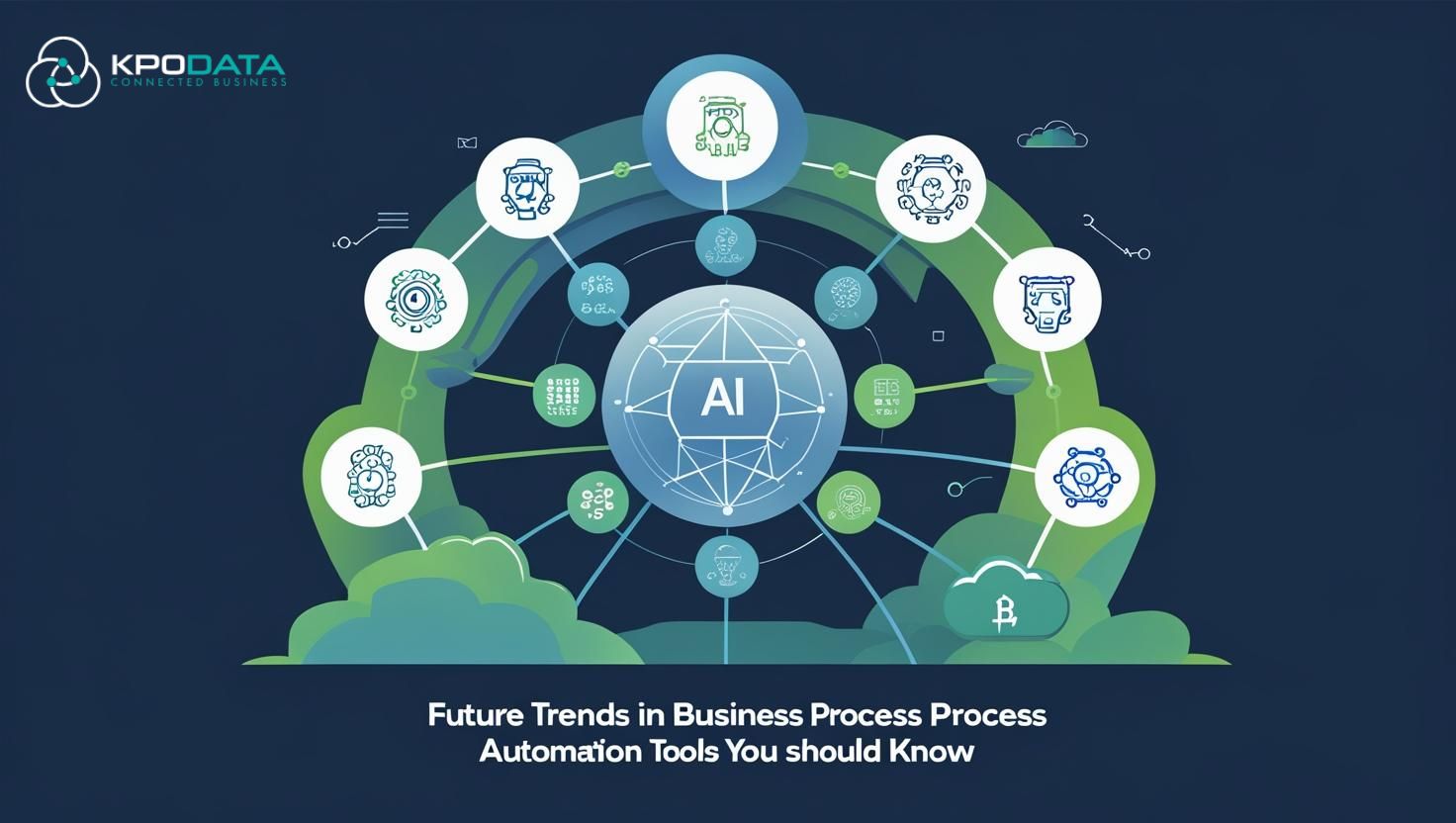Low-Code Programming vs. Traditional Programming
Alan Hannigan
March 27, 2025


Founder and CEO with over 10 years of experience leading and growing multiple businesses in the technology services and SaaS space, delivering a variety of solutions for diverse clients in the tech, legal, media, and finance sectors across multiple markets worldwide.
I specialize in working with clients to understand their business needs, objectives, people, and culture, then implementing technology solutions that create meaningful change, deliver real value, and enable future growth. I have built a high-performing team of skilled engineers and fostered a culture of innovation and customer centricity. This has enabled us to stay ahead of the market and maintain a high client retention rate.
With experience across diverse industries and a strong track record of solving complex business challenges with technology, I bring deep expertise in business, finance, and project execution within organisations. As a strategic thinker with a pragmatic approach, I enjoy delivering results and overcoming obstacles through collaboration. I believe in the power of people and the importance of bringing them along on the journey to success.
KPO Data is a low-code application development platform that enables clients to build solutions that effectively solve business challenges without the complexity and cost of developing software from scratch, resulting in a higher ROI and faster delivery.
Low-code programming is reshaping software development by simplifying app creation with visual tools and pre-built modules. This method empowers both non-technical users and developers to accelerate project delivery, offering a stark contrast to traditional programming’s manual coding approach.
What is Low-Code Programming?
Low-code programming is an innovative software development approach that simplifies the creation of applications by leveraging visual tools, pre-built modules, drag-and-drop interfaces, and automated processes.
Unlike traditional methods that demand extensive manual coding, low-code programming requires minimal coding expertise, enabling both professional developers and non-technical users, often referred to as citizen developers, to build and deploy apps quickly. This method uses platforms like Microsoft Power Apps, Mendix, or OutSystems, which provide templates and intuitive interfaces to streamline development.
The rise of low-code programming stems from its ability to accelerate app creation, making it a go-to solution for businesses aiming to enhance productivity and reduce dependency on specialized IT resources.
It empowers organizations to bring solutions to market faster, often cutting development timelines from months to weeks, while addressing IT backlogs and fostering collaboration between technical and business teams.
Does Low-Code Count as Programming?
The question of whether low-code programming qualifies as “programming” hinges on the definition of the term. Programming is traditionally understood as crafting instructions for a computer to execute, typically through writing code in languages like Python, Java, or C++.
Low-code programming, however, shifts this process to a visual, model-driven approach where users configure logic and workflows using graphical tools, which the platform then translates into executable code.

While it abstracts much of the manual coding, low-code still involves designing application logic and functionality which are the core elements of programming. This aligns with the evolution of programming languages, which have progressively abstracted lower-level details, from assembly to high-level languages.
Thus, low-code programming can reasonably be considered a form of programming, albeit one that prioritizes accessibility and speed over granular control. It’s a higher-level abstraction, making it inclusive for non-coders while retaining the essence of instructing computers.
Low-Code Programming vs. Traditional Programming
Low-code programming and traditional programming represent two distinct approaches to software development, each with unique strengths, limitations, and use cases. Below, we explore their differences, benefits, drawbacks, and how they can work together.
Benefits and Drawbacks of Low-Code Programming

Low-code programming is increasingly vital for businesses seeking efficient, scalable solutions. It allows rapid design, deployment, and updates, enabling organizations to respond swiftly to market changes or customer feedback. Platforms like Microsoft Power Apps exemplify this by offering advanced functionality with minimal effort, producing professional-grade apps quickly.
Examples of Low-Code Apps:
- Workflow automation tools
- Customer relationship management (CRM) dashboards
- Inventory management systems
- Employee onboarding apps
- Event registration platforms
Benefits of Low-Code Programming:
- Drag-and-drop tools and templates simplify app creation for all skill levels.
- Apps can launch in weeks, not months, saving time
- Reduces reliance on expensive developers, cutting costs by $50-$100K.
- Citizen developers can contribute, easing IT workloads.
- Security, analytics, and integrations come standard with platforms like Microsoft Power Platform.
Drawbacks of Low-Code Programming:
- Less flexibility for complex, bespoke needs compared to traditional methods.
- Dependency on platform providers can complicate long-term maintenance.
- May struggle with legacy systems requiring custom solutions.
Benefits and Drawbacks of Traditional Programming

Traditional programming, often called custom development, relies on skilled developers manually writing code in languages like JavaScript, C#, or Ruby to build applications from scratch. Each feature is meticulously crafted to meet specific requirements, offering unparalleled control over functionality, performance, and design. While this approach is more resource-intensive, it remains essential for projects demanding precision and scalability.
Benefits of Traditional Programming:
- Tailors apps to exact specifications, ideal for unique needs.
- Adapts to growing demands and complex architectures.
- Seamlessly connects with diverse systems, including legacy platforms.
- Direct access to source code ensures long-term manageability.
Drawbacks of Traditional Programming:
- Development can take months, delaying launches.
- Requires skilled labor, increasing expenses.
- Ongoing updates demand consistent developer input.
- Not accessible to non-technical users.
How Low-Code Programming and Traditional Programming Differ
Low-code programming democratizes app development, extending capabilities to non-experts with minimal coding knowledge, while traditional programming remains the domain of professional developers with deep technical expertise.
Here’s a the main differences between them:
| Low-Code Programming | Traditional Programming | |
| Skill Level Required | Minimal coding skills needed | Requires advanced coding proficiency |
| Development Approach | Uses pre-built templates and visual tools | Offers complete customization and control |
| Speed and Cost | Faster, cheaper development cycles | Longer, more expensive development process |
| Updates and Maintenance | Automated updates and maintenance | Scales and integrates with greater flexibility |
| Best Use Cases | Ideal for rapid prototyping and standard apps | Suited for complex, performance-critical systems |
Getting Started with Low-Code Programming
Transform your software development with low-code programming by partnering with KPODATA. We provide tailored low-code solutions to streamline projects, from internal tools to customer-facing apps. Our platforms support diverse needs, offering seamless integration with existing systems, scalability for complex projects, and accessibility for both IT and non-technical users.
With KPODATA, you can deploy apps 10x faster, unlocking business data connectivity and boosting agility.
Contact us today for a free demo.






